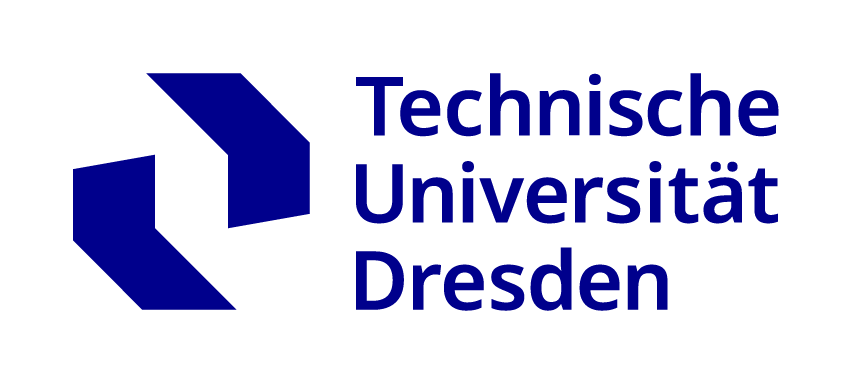Professur für Systembiologie und Genetik
übergeordnete Einrichtungen:Technische Universität Dresden (TUD)
Kontakt
| Web: | https://tu-dresden.de/mn/biologie/genetik/sysbio | |
| E-Mail: | ||
| Telefon: | +49 351 463-43484 | |
| Postanschrift: | Technische Universität Dresden (TUD), Professur für Systembiologie und Genetik, 01062 Dresden, Germany | |
| Besucheradresse: | Technische Universität Dresden (TUD), Professur für Systembiologie und Genetik, Zellescher Weg 20b (Neubau Biologische Institute, room 145), 01217 Dresden, Germany | |
| Partner: | Technische Universität Dresden | |
Beschreibung
Die Professur für Systembiologie unf Genetik beschäftigt sich mit den Grundlagen der Ausbildung von Geweben während der Entwicklung von Embryonen. Dazu wenden wir eine Kombination aus molekulargenetischen, zellbiologischen, biophysikalischen und mikroskopischen Techniken an. Schwerpunkt ist die quantitative Analyse der Differenzierung und Gestaltbildung von Geweben während der Entwicklung der Taufliege Drosophila.
***********English***********
We are interested in the mechanisms that cells use to form functional tissues during embryonic development. We apply a combination of moleculargenetic, cell biological, biophysical and microscopy techniques to our research. The main focus is the quantitative analysis of tissue differentiation and morphogenesis during the development of the fruit fly Drosophila.
The general interest of our group is to understand the mechanisms by which cells collectively organize to form complex patterns and morphologies in developing tissues. How does collective behavior emerge in cell assemblies? How do mechanical processes like cell adhesion or force generation influence tissue organization? And how are these mechanical processes linked to the chemical signals that orchestrate tissue development? We address these questions by combining genetics with live imaging, quantitative image analysis and biophysical approaches using the fruit fly Drosophila melanogaster as a model organism. Moreover, in collaborations with physicist and mathematicians, we use our quantitative data to build computational models of tissue organization.
Research
- Physical mechanisms shaping compartment boundaries
- Control of epithelial cell shape by BMP signalling
- Emergence of planar cell polarity and tissue elongation
Zugehörigkeit
übergeordnete Einrichtungen
| Name | Typ | Aktionen |
|---|---|---|
| Institut für Genetik | Institut |
Letztes Update
Letztes Update am: 20.04.2017 11:58 CEST

